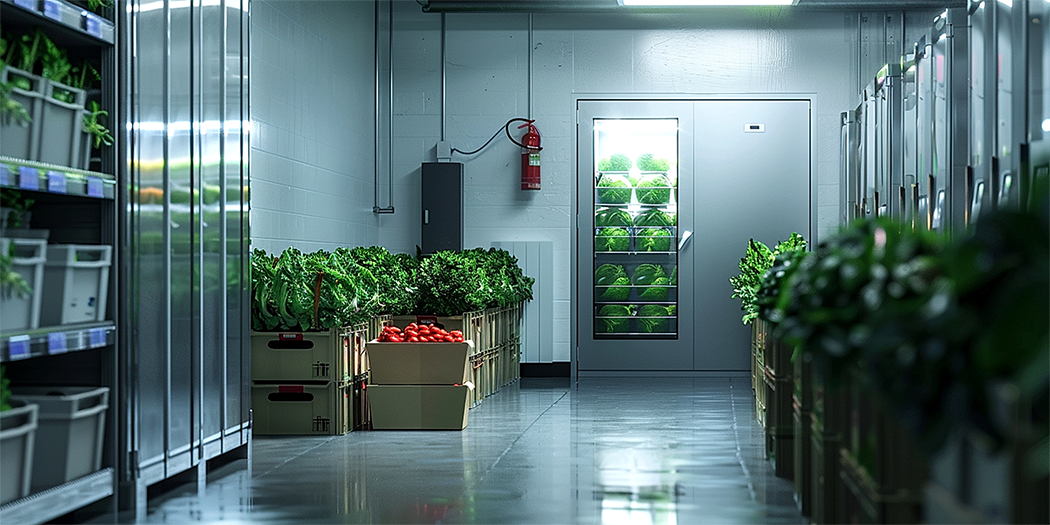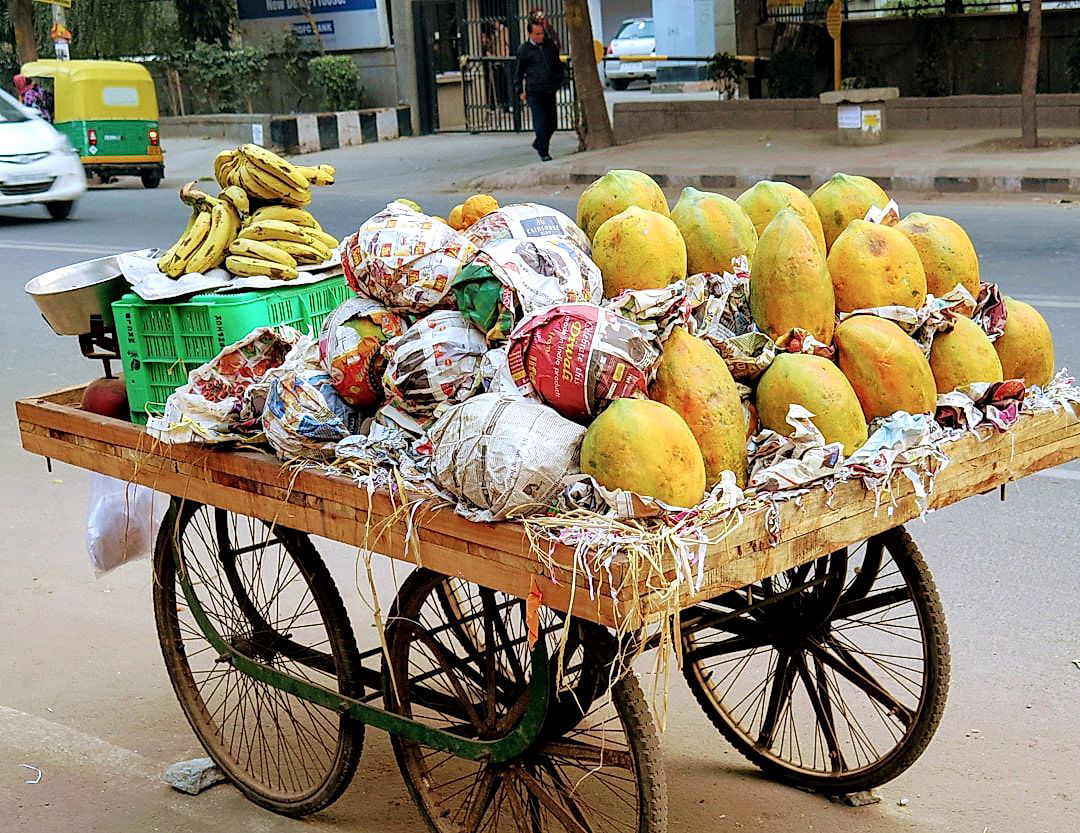For the vast majority of produce packing facilities around the world, maintaining operations during unforeseen circumstances is a critical task.
From natural disasters to infrastructure malfunctions, unexpected events can seriously hinder productivity and lead to potentially crippling financial losses.
As such, the need for thorough preparation cannot be overstated.
Adopting a comprehensive emergency preparedness strategy is herewith a non-negotiable requirement.
This may seem like an overwhelming task, but it’s a process that can be accomplished by following established industry standards and recommended practices.
We’ll explore how to design and implement these emergency preparedness strategies, which are crucial to safeguard both the business and its invaluable employees.
Contents
Best Practices For Emergency Preparedness In Produce Packing
1. Regularly Train Staff on Emergency Protocols
Managing a produce packing facility involves a significant amount of risk, and it’s crucial to optimize safety in these environments.
One of the best ways to ensure safety and prepare for emergencies is to regularly train staff on emergency protocols.
It’s not enough to run a single training session and assume employees will remember everything.
An ongoing commitment to regular training and refreshers is a critical component of a successful emergency preparedness plan.
In these training sessions, staff should learn how to recognize and respond to various emergency situations that can arise in a produce packing facility.
This can include anything from equipment failures, fire outbreaks, chemical spills, to power outages.
Additionally, staff should be taught how to use safety equipment, such as fire extinguishers and first aid kits.
Another key point to embed into the training could be instruction on how to safely evacuate the premises in case of a serious emergency.
Keep in mind, the aim should be to design the trainings such that even in a panic-inducing situation, the staff should be able to respond swiftly and effectively.
Furthermore, it’s essential to include seasonal employees and other temporary workers in these trainings.
Often, these workers are left out, but they are just as likely, if not more so, to be involved in or affected by an emergency.
Ensuring they have the same understanding and knowledge of emergency protocols as permanent staff can significantly improve the overall safety of the facility.
Regular emergency drills, that simulate real-life situations, are also a good way to keep staff vigilant and prepared for unforeseen circumstances.
By practicing the actions they need to take in various scenarios, they are more likely to respond effectively when a real emergency arises.
Ultimately, it’s not just about training the staff, but ensuring that these protocols are ingrained into the workplace culture.
An environment which prioritizes safety and prepares for emergencies cultivates more confident staff, who are fully aware of their roles and responsibilities during a crisis.
2. Maintain Correct Refrigeration and Storage
Among the critical aspects of emergency preparedness in produce packing is ensuring proper refrigeration and storage procedures are being adhered to at all times.
Since produce items are highly perishable, any slight deviation from optimal conditions could lead to significant losses or even act as the grounds for a large-scale emergency in the packhouse.
Refrigeration systems must operate within the correct temperature range that is most suitable for the type of produce being stored.
Regular monitoring and maintenance of these systems should be seen as a proactive measure in emergency preparedness.
Certain produce varieties require specific humidity levels to maintain their freshness, and thus, the humidity control measures should also be observed strictly.
Correct refrigeration and storage are vital to prevent emergencies that could arise from the degradation of produce or the failure of storage systems.
Regularly clean and sanitize all storage areas, including refrigeration units, to prevent the build-up of bacteria or pests that pose risks to the produce.
Practices such as First-In-First-Out (FIFO) should be adhered to in storage to ensure that no produce is unnecessarily stored for too long thereby reducing spoilage risk.
Ensure to maintain records of temperatures, cleaning schedules, and any other significant observations regarding the storage facilities which will make it easier to identify and prevent potential emergencies.
An alternate power source should be available, especially for refrigeration systems in case of any electricity outages that may occur.
Staff should be trained to be able to promptly detect any deviations from the normal operation of storage and refrigeration units and to undertake the necessary emergency response measures.
It is also essential to make sure that there is always a buffer storage capacity which can accommodate any overflows or serve as emergency storage in case the primary storage systems fail.
Packing materials should also be stored correctly to avoid contaminating the produce and to keep them from becoming hazards themselves in case of emergencies.
A good practice is to have regular audits or inspections done by external third parties to ensure compliance with required standards and regulations.
Emergency plans should include the procedures to be followed in the event of failure of refrigeration units or storage systems.
Taking these measures helps ensure a safe and efficient working environment which is crucial in maintaining the integrity of the produce and minimizing the likelihood of emergencies arising from improper storage and refrigeration.
3. Keep Emergency Contact Information Updated
In the realm of emergency preparedness, few things matter as much as keeping emergency contact information updated.
Accurate and accessible communication is an essential lifeline when such instances arise, hence, the need to update, verify, and distribute contact information regularly to all staff in the produce packing facility is vital.
Following such a proactive practice can significantly reduce response times during situations that require immediate attention.
But the importance of having updated contact information doesn’t stop at emergencies that are within the packing facility.
Keeping contact information for local emergency services like police, fire, and medical services updated can prove to be the difference between life and death during a critical situation.
In addition to emergency services, consider maintaining contact details of other relevant entities like public utilities, insurance providers, and local government agencies.
Remember, preparation is key, and having essential contact information readily available can be integral to ensuring that a potentially devastating situation is handled in the best possible manner.
One may also consider creating an Emergency Contact Information Sheet, which is not only readily accessible but also easy to understand.
This information sheet should be prepared with care, ensuring that it includes all necessary details such as direct phone numbers, after-hours contact information, and relevant addresses.
What’s more, it is also important to include contact information for key personnel within the organization who will be responsible for managing or coordinating the response to emergencies.
Every employee should know exactly who their first point of contact should be in case of an emergency.
As a standard practice, ensure you update this contact information sheet at least twice a year.
Remember, the aim isn’t just to update the contact details, but also to verify the accuracy of the information each time.
As an added safety measure, the contact information should be stored in both digital and physical formats and made easily accessible to all personnel.
Also, take the time to communicate these updates to your team periodically through meetings, emails, or any other preferred method of communication.
By making comprehensive, reliable, and up-to-date contact information available to everyone, you can rest assured that your produce packing facility is well-equipped to handle emergency situations.
The Bottom Line
Thorough regular training of your staff on emergency protocols, vigilant maintenance of proper refrigeration and storage diets, and keeping a readily accessible updated list of emergency contacts are critical strategies for mitigating risks in the food service industry.
These measures ensure preparedness when unexpected events occur, the prevention of food spoilage that can cause outbreaks of foodborne illnesses, and rapid action when medical or other emergency assistance is needed.
All these policies contribute ultimately towards the safety of both your staff and customers, and shields your food service business from potential legal disputes and reputational damage.




